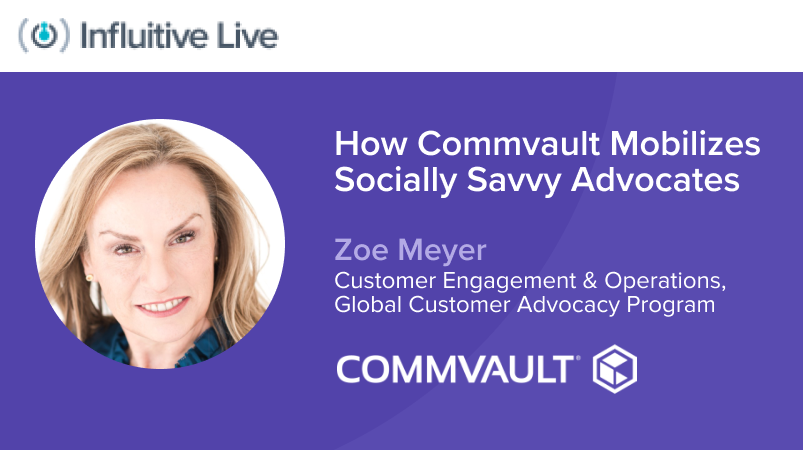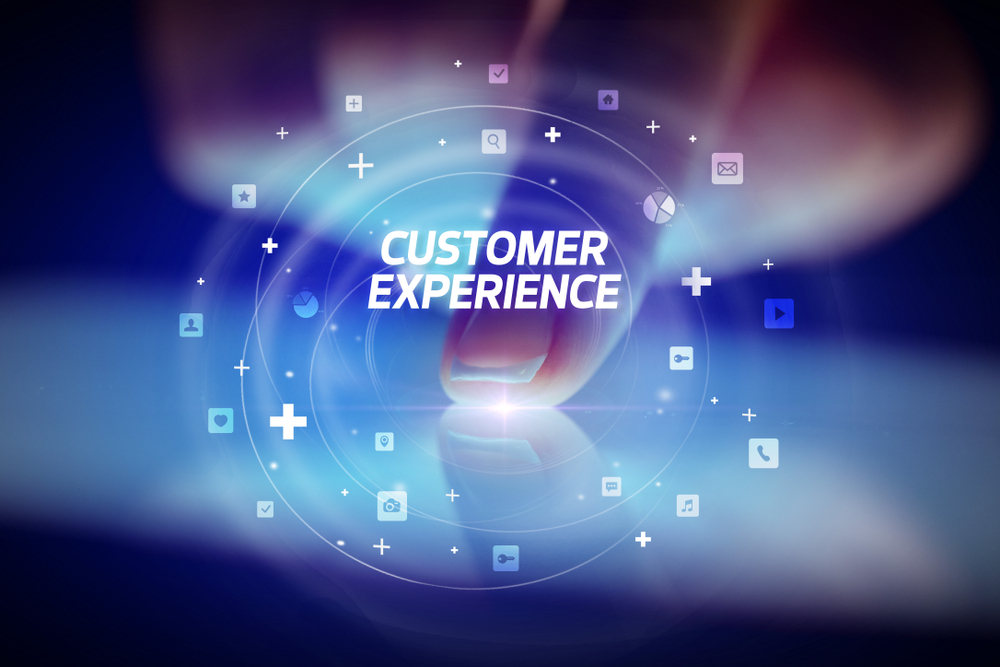We’re currently living in an engagement economy, wherein everyone and everything is connected. People have always talked, but they now do it on an unprecedented scale.
That’s important in a world where it takes anywhere from five to 20 touches with your marketing efforts to generate a sales lead, and 80% of marketing reach comes from amplification via customers.
You can activate the voice of the customer at every stage of the buyer’s journey. Customer success stories, online product reviews, and references can add value and influence the buyer’s decision-making process throughout the entire customer lifecycle.
Activities in your customer advocacy program can be tied to a marketing campaign or initiatives that amplify the customer’s voice. Your program should include as many customer engagement opportunities from the various marketing groups as possible.
The Customer Advocacy team is the point-of-contact to co-create the content and facilitate the conversation between the appropriate groups in your organization and the customer, like PR, product marketing, etc.
Let’s look at the marketing activities that you can include in a customer advocacy program offering. Some of these may traditionally fall under various other marketing responsibilities but will still leverage the customer’s voice.
- Product Marketing is looking for customers to speak with analysts or complete an online review about their products
- Demand Generation needs a customer success story for a campaign
- The brand team wants to leverage customers in a new corporate advertisement and use customer logos on their website
- PR has a media opportunity, and field marketing requests a speaker for an event
Get the idea?
As a customer advocacy professional, you may have initially only been tasked to create a program to recruit customer references, collect their success stories & testimonials, and set up sales reference calls and site visits.
Today, customer advocacy is a lynchpin in the marketing mix. And you need to position it as such within your organization.
How then are you presenting these opportunities to your customers and advocates-to-be?
What if all of these activities, and more, were in one program offering that you could offer to your customers?
You then allow the customers to decide on their participation based on their comfort level and interest. This helps all the marketing groups know which customers agree to participate in which activity. You have your customer advocates organized in one place, giving all visibility into how their participation can impact many marketing objectives.
Cross-departmental alignment is crucial to creating organization-wide collaboration on customer engagement. You can lessen the confusion surrounding ownership of the customer experience by defining specific responsibility for each group at each stage of the customer journey while including those activities in one program offering. Now that is engagement marketing and enabling the voice of the customer.
Happy customers are likely an underutilized asset when it comes to generating demand and beyond in the buyer’s journey. When the right initiatives for nurturing and activating customer advocates are in place, they can drive new and authentic word-of-mouth, which is necessary for today’s well-educated and self-directed buyers.
This is now marketing in the context of the buyer’s journey, where campaigns and initiatives become invitations to engage with your brand.





